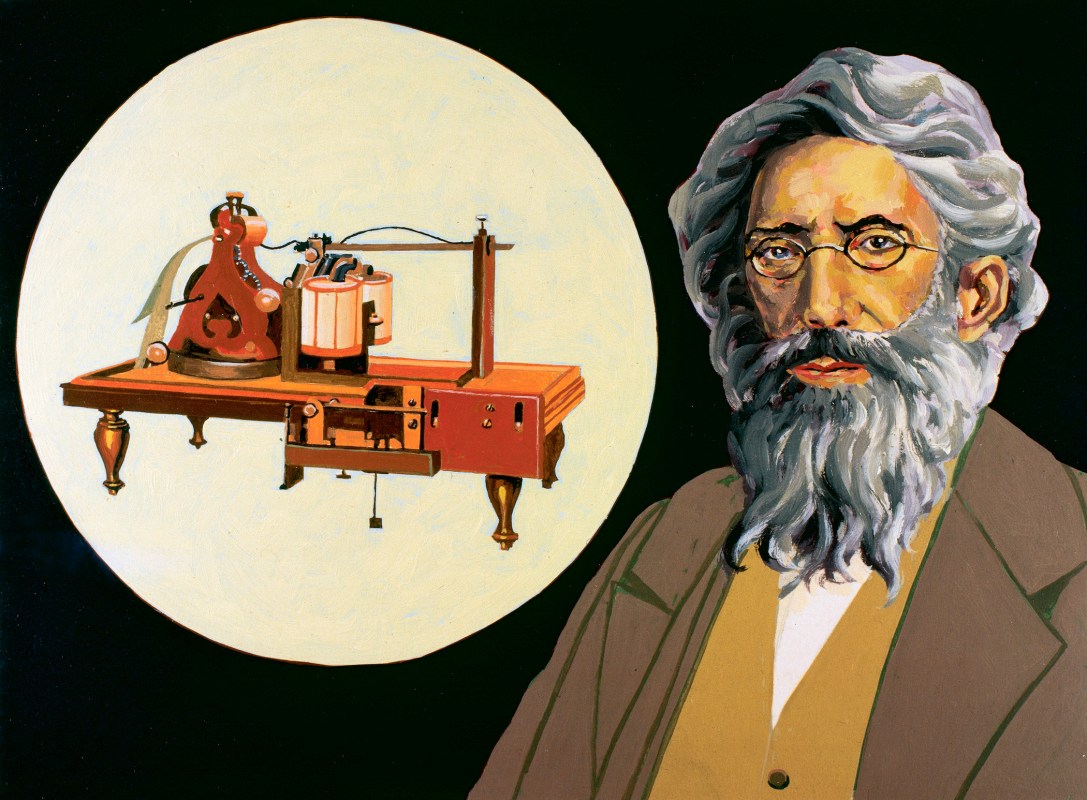The grave of Samuel Morse has a special secret for lovers of hard cider. Morse, most famous for inventing the telegraph and co-developing — you guessed it — Morse code, lies in Brooklyn’s Green-Wood cemetery underneath an apple tree. Each year, apples from that tree are fermented to make a cider in Morse’s honor.
The Malus Immortalis, as the cider is known, is not sold commercially but can be sampled on a tour of the cemetery. The creators describe the taste as “mezcal eucalyptus,” according to Atlas Obscura, a far cry from most contemporary ciders.
The difference between the ciders of Morse’s time and the hard ciders we enjoy today has to do with sweetness. Back in the day, cider-brewers would usually harvest apples from their own homegrown trees, which tended to be more tart. The Malus Immortalis pays homage to that legacy.
Thanks for reading InsideHook. Sign up for our daily newsletter and be in the know.


















